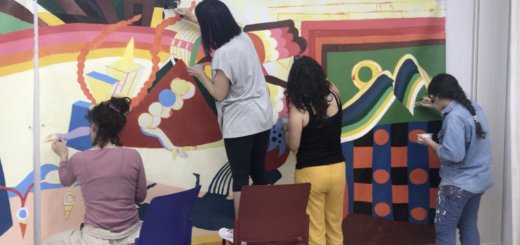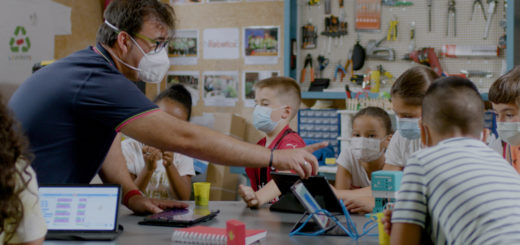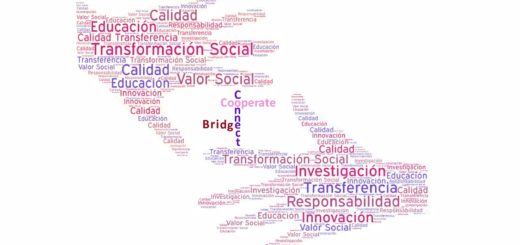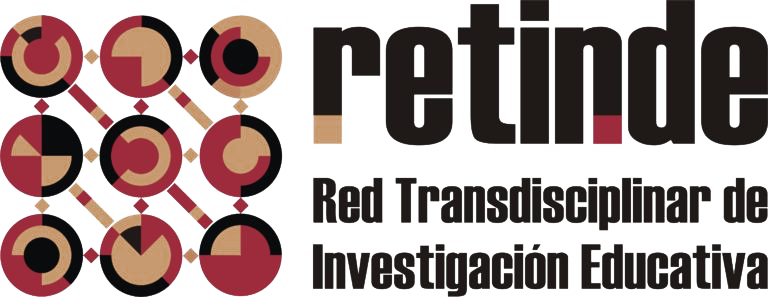Digital writing and education: m-learning
The main advantages of m-learning to highlight are: connectivity at all times, mobility with Internet access anywhere, multi-sense interaction supported by touch screens and educational and creative mobile applications. All of this facilitates access to quality content, benefiting and optimizing the use of mobile learning in the teaching field.
The debate on the educational use of mobile phones in classrooms is underway. A recent review of the scientific literature on this topic concludes that the question of whether the use of mobile devices should be allowed or prohibited in the classroom should be replaced by another approach: how teachers can get the best out of it. possible of the use of such devices in their classes.
The use of notifications and messages in mobile applications, fundamentally in social networks, is one of the issues that reinforce the use of mobile technology. It responds to a series of characteristics that shape what we call digital writing.
Títle: Digital writing and education: m-learning
Octaedro Editorial. Barcelona, 2023
Digital edition: https://octaedrodig.com/producto/escritura-digital-y-educacion-el-m-learning-1-epub/
Coordinators: Juan de Pablos Pons & Alejandro Gómez Camacho
The book is made up of a general introduction, followed by six thematic chapters, distributed in two parts and a final glossary to facilitate reading. In the first part, a series of training initiatives are formulated on how to pedagogically use the tools linked to m-learning in the classrooms (chapters 2, 3 and 4) from an applied and practical point of view. In the second part, we consider how to analyze digital writing from a language didactics perspective (chapters 5, 6 and 7).
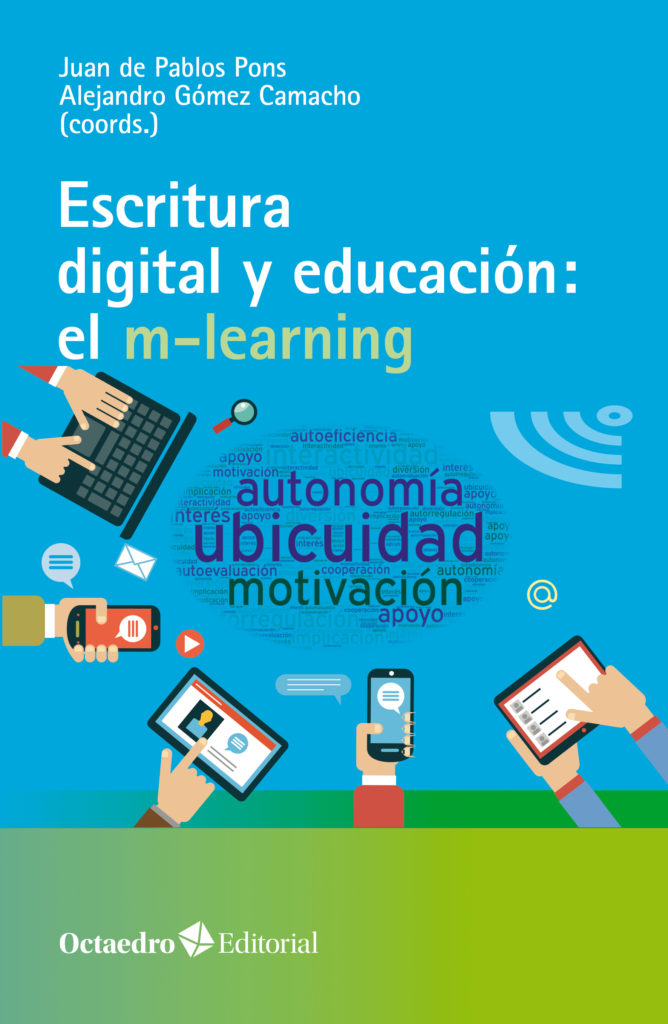
Chapter 2 of the book, written by Pedro Mellado, Josefina Patiño and Francisco Javier Ramos and titled The educational use of mobile phones, an element of debate in social networks, addresses in an exploratory manner and in a debate key, the question of presence of cell phones in classrooms, identifying pros and cons; something inextricably linked to social networks, highly managed by adolescents and young people. The review of the studies carried out on the subject constitutes the main basis of this contribution.
Chapter 3 is titled M-learning: trends and applications for quality sustainable education. Its authors are Pilar Colás, Jesús Conde, Fátima Romera and Guadalupe Hernández. Here we delve into how to integrate technologies linked to m-learning in different teaching situations, proposing several real experiences in which mobile phones are part of the training proposal and taking as a reference the objectives to be achieved. Horizon 2030 program. Some considerations of interest regarding educational quality are also established.
Chapter 4, M-learning in secondary education: educational potential for linguistic competence, written by Mercedes Llorent, Ángela López and Patricia Villaciervos, elaborates on the concept of m-learning, focusing on the field of secondary education and specifically in linguistic competence. A specific classification of the advantages of m-learning is analyzed here. It lists the specific practices that this methodology makes possible and that represent an improvement over more traditional teaching methodologies, focused specifically on secondary education. It has the peculiarity that it provides some information based on the QR code.
In the second part of the work, the topic of digital writing, its characteristics and its interest from an educational point of view are addressed.
In chapter 5, New forms of digital writing and teaching, Coral Hunt analyzes the new forms of digital writing from an educational perspective and, after an exhaustive review of the literature, comes to the conclusion that the new ge¬ neros of computer-mediated communication benefit the communicative competence of speakers. The use of multimodal elements constitutes the differentiating element of the new cybergenres; They favor interculturality, because they imply cultural and pragmatic knowledge, facilitate the integration of new digital genres, and constitute an opportunity for language learning and teaching.
Chapter 6 is titled Multimodal writing and online identity construction: pedagogical keys; prepared by Teresa González and Inmaculada Pedraza. In this case, multimodal writing practices are addressed, linked to the use of mobile phones, and the scope of the meanings of this writing for the identity of young people, in the process of construction.
Finally, chapter 7, prepared by Francisco Núñez and titled Digital writing and inclusive language in the Secondary Education classroom, explores the non-sexist and inclusive language procedures used in digital communication, among which the use of collective nouns stands out. as the most used mechanism in communication with electronic devices. In this context, it identifies three features that allow us to represent or make visible the diverse gender reality of current societies: the use of -@, -x or -e as morphological marks of inclusive gender, which serve as a starting point for our research. ¬tions on the features of digital communication related to new forms of inclusive language.

Author:
Juan de Pablos Pons
Research group: GIETE
University of Sevilla
